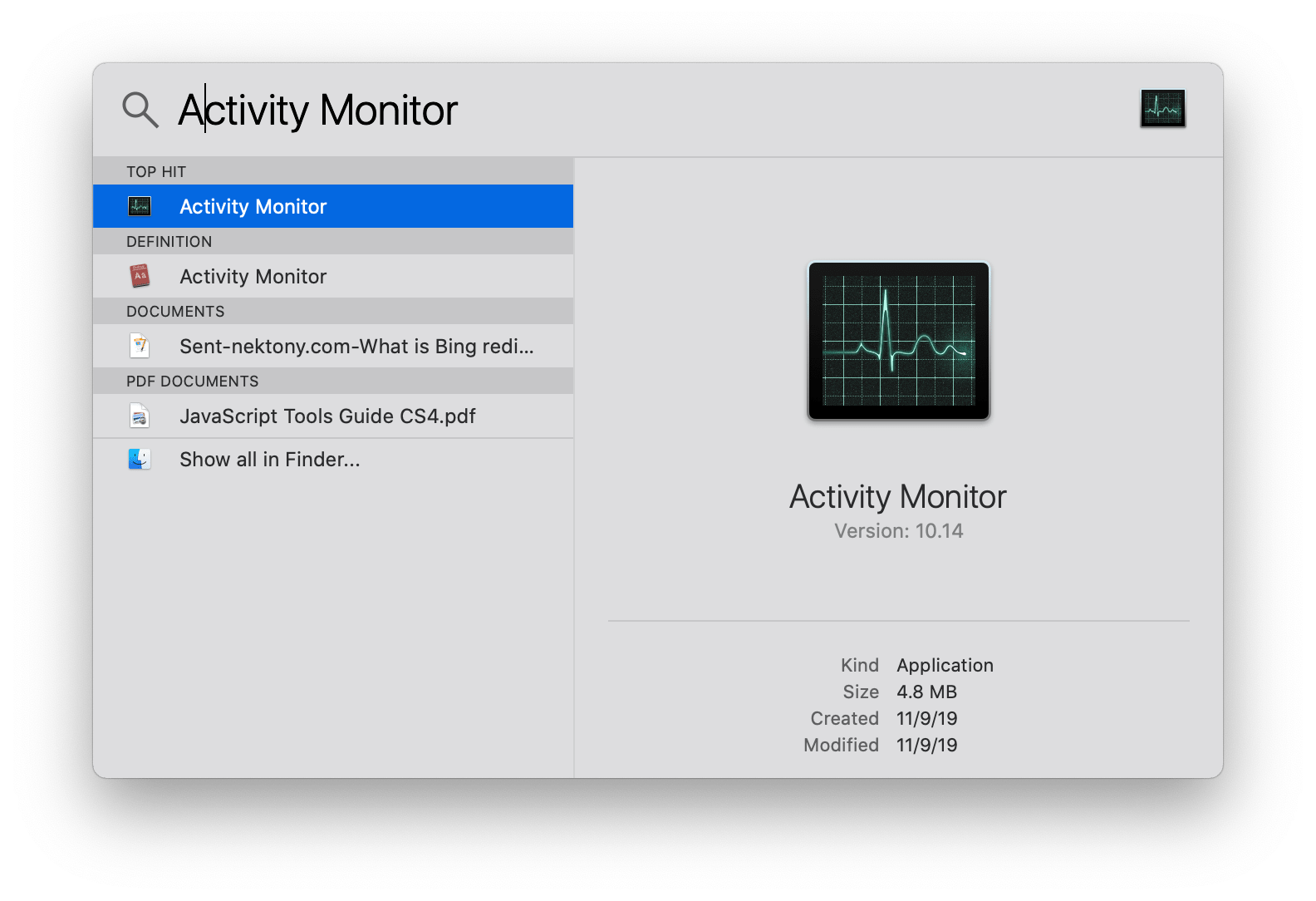
- Mac task manager shortcut how to#
- Mac task manager shortcut for mac#
- Mac task manager shortcut update#
- Mac task manager shortcut software#
Press enter once Activity Monitor becomes highlighted. 📍 You can also click in the upper-right corner of the menu bar. Press Command-Space bar to open Spotlight. There are several ways how you can open Activity Monitor, some more convenient than others: Mac task manager shortcut how to#
After clicking on the Cache button, the bottom of the Activity Window displays a graph that shows total caching activity over time.ģ Ways on How to Open Task Manager on Mac
Cache: Available only in macOS High Sierra 10.13.4 or later, the Cache button shows how much cached content local networked devices have uploaded, downloaded, or dropped. 
The graph has two lines: one shows either the number of packets received per second or the amount of data received per second, and the other one shows either the number of packets sent per second or the amount of data sent per second. After clicking at the Network button, the bottom of the Activity Monitor window displays a graph that shows total network activity across all apps.
Network: Clicking on this button sorts running processes by how much data they are sending or receiving over your network. The blue line shows either the number of reads per second or the amount of data read per second, while the red line shows either the number of writes out per second or the amount of data written per second. The graph has two lines: one blue and one red. After clicking at the Disk button, the bottom of the Activity Window displays a graph that shows total disk activity across all processes. Disk: Clicking on this button sorts running processes by the amount of data they read from your disk and written to your disk. Also displayed at the bottom of the Activity Monitor window is the current battery charge level, whose color changes from blue to green when the computer is getting power from a power adapter. Energy Impact is a relative measure of the current energy consumption of an application, and the graph indicates how much energy is being consumed by all apps. Displayed at the bottom of the Activity Monitor window is the Energy Impact graph. Energy: Clicking on this button sorts running processes by their energy use. The graph is green when enough memory resources are available, yellow when memory resources are still available but are being tasked by memory-management processes, and red when memory resources are depleted. Mac task manager shortcut update#
You can change how often the graph updates by clicking on View and Update Frequency. Displayed at the bottom of the Activity Monitor window is the Memory Pressure graph, which helps illustrate the availability of memory resources.
Memory: Clicking on this button sorts running processes by how much memory each process uses. Right next to the percentages of CPU capability currently used by system and user processes is a CPU load graph, which shows the percentage of CPU capability currently used by all system and user processes. Additionally, the percentages of CPU capability currently used by system and user processes are displayed at the bottom of the Activity Monitor window. CPU: Clicking on this button sorts running processes by the percentage of CPU capability used by each. Using these buttons, you can see how processes are affecting your Mac computer. There are several tabs at the top of the Activity Monitor window: CPU, memory, energy, disk, network, and cache. But once you understand what Activity Monitor does and how to use it to keep your computer running like a well-oiled machine, the initial bewilderment will be quickly replaced by an appreciation for its usefulness. Seeing Activity Monitor for the first time can be overwhelming as the application displays a plethora of information at the same time. Mac task manager shortcut for mac#
If you go to the Utilities folder under Applications on your Mac, that’s where you can find Activity Monitor, the official task manager for Mac computers.

Activity Monitor Is the Task Manager for Mac This article introduces the official task manager in macOS, explains what it can do, and presents three alternative Mac task managers for users who would like to explore other options.
Mac task manager shortcut software#
Just like Windows has a task manager, called simply Task Manager, macOS also comes with an application that provides information about computer performance and running software and allows users to terminate processes if they start misbehaving forcibly. Task managers are useful applications that let you monitor what’s happening on your computer and provide you with the ability to shut down misbehaving processes and file system activity for read and write events on sensitive data. Applications sometimes crash unexpectedly, processes hang up and take up precious computing resources, and files get lost or corrupted because of bugs. Modern operating systems are not flawless.






 0 kommentar(er)
0 kommentar(er)
